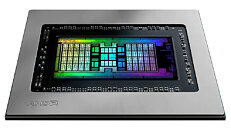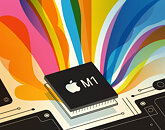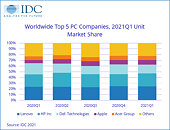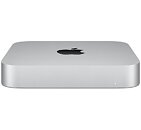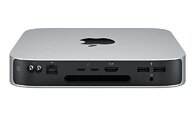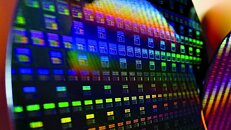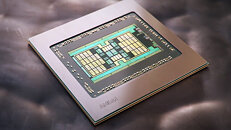
Apple Reportedly Captures 90% of Arm PC Revenue Share
With the launch of Apple Silicon for Mac computers, Apple has established itself as a great user of the Arm instruction set. Starting with M1, the company released an entirely new family of products running Apple Silicon. Today, thanks to the research of Strategy Analytics company, we have information that Apple is capturing as much as 90% of the revenue share present in the Arm PC market. The Arm PC market is a tiny subset of the entire PC market, mainly equipped with one-off Windows-on-Arm devices, Chromebook PCs, and Apple Macs. With the naturally low prices of the remaining Arm PCs, Apple Arm PCs offer a relatively high price point and a much more incredible selection of products.
On the global scale, Arm PCs now account for 9% of the total PC market share, where x86 vendors are dominating the field. "Apple's M-series family of processors set the benchmark and gave Apple a 2-3-year lead over the rest of the Arm-based PC processor vendors. Qualcomm captured just 3% revenue share in the Arm-based notebook PC processor market in 2021 and lags Apple in CPU performance," said Sravan Kundojjala, Director of Handset Component Technologies service at Strategy Analytics. This points to a particular case of Apple's better product and feeding the demand with higher-performing processors. Qualcomm's acquisition of Nuvia should yield different results in the coming years, as the new IP is yet to appear in Qualcomm SoCs.
On the global scale, Arm PCs now account for 9% of the total PC market share, where x86 vendors are dominating the field. "Apple's M-series family of processors set the benchmark and gave Apple a 2-3-year lead over the rest of the Arm-based PC processor vendors. Qualcomm captured just 3% revenue share in the Arm-based notebook PC processor market in 2021 and lags Apple in CPU performance," said Sravan Kundojjala, Director of Handset Component Technologies service at Strategy Analytics. This points to a particular case of Apple's better product and feeding the demand with higher-performing processors. Qualcomm's acquisition of Nuvia should yield different results in the coming years, as the new IP is yet to appear in Qualcomm SoCs.









































